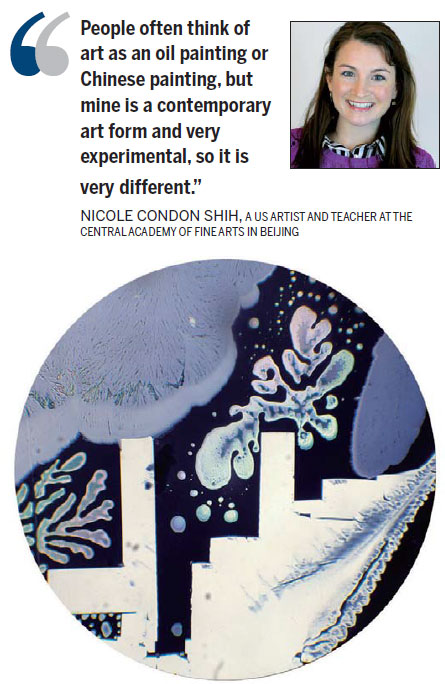Art and science intersect in works of US artist
Updated: 2015-07-24 09:38
By Fan Feifei(China Daily USA)
|
||||||||
American uses experimental techniques and her experiences in Beijing to explore new worlds
Nicole Condon Shih, 36, an American interdisciplinary artist, says she never could have imagined that she would live in Beijing for nearly eight years and hold exhibitions to enlighten people about the intersection of art and science, and to explore growth and space.
Shih's projects explore the city as a laboratory. Her recent show, Fabricated Cities, takes audiences on a journey through an experimental process of art and science, expanding micro cities and petri dish paintings, to discover contemporary life in Beijing.
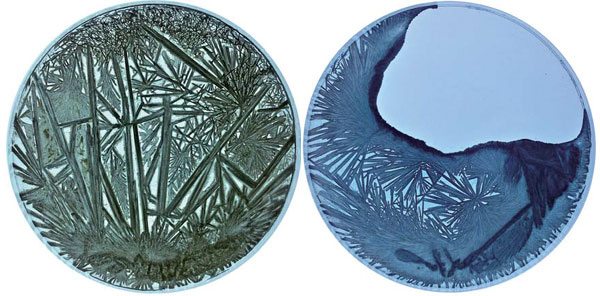
|
Artwork of Nicole Condon Shih: The teacher at the Central Academy of Fine Arts in Beijing combines art and science to create interdisciplinary works. Photos provided to China Daily |
"My inspiration comes from living in Beijing and experimentation. I am constantly trying different things in a scientific way, but from an artistic perspective. Life in Beijing has changed a lot as the city is growing so fast, being very dynamic," Shih says.
Her work starts with a tape and it goes into the studio with the microscope.
"Fabricated Cities is a project initiated by my interest and daily confrontation with the Beijing air. As I capture each moment in time of the air particulates through the lens of my microscope, I'm reminded of Beijing as an exponentially developing city that spreads and swells, relating to the crystalizing process taking place."
She adds organic blue dye aims to create the rare "blue sky day" that she longs for in Beijing. "The work is left out of my control and grows micro-cityscapes revealing smoking chimneys, blueprints for urban planning, and canals flowing through each piece. It appears as they form blueprints for expanding communities."
It took her about one year to finish the Fabricated Cities series, which consists of eight paintings chosen from over 1,000 images.
What she wants to bring to the audience, through the exhibition, is curiosity. "Being very curious about what they are, how and why I made them. I want audiences to also question art. People often think of art as an oil painting or Chinese painting, but mine is a contemporary art form and very experimental, so it is very different."
Shih graduated from Cornell University's College of Architecture, Art and Planning, and Syracuse University. She earned a master of fine art from Hunter College, City University of New York. Her work has been shown in the US, Italy, Hong Kong and Beijing.
She has an educational background in art and science. She started studying science in her first year of college to be a doctor, but in her second year switched to art. "My interest is also in science and I can make art about science."
She is now exploring the physical and metaphorical properties of crystallization through another of her works, Crystal Lattice. The works are reminiscent of Song dynasty (960-1279) landscape paintings and recall an essence of natural phenomena.
She had never thought about crystallization, which is both still and moving at the same time. "It is really very interesting."
She explains: "It started with talking to a Chinese traditional medicine doctor. He showed me all of the medicine and the one that I chose was pengsha, a Chinese medicine which is said to clear your lungs and stomach, but in the US we use it to kill cockroaches. I think it is very funny."
She took the pengsha and put it into a petri dish with some boiling water. Through the experimental process, she added color in the petri dish to create a painting with pengsha.
"Suddenly, it starts growing with crazy patterns, looking like bamboo and water. After one month it becomes a little bit solid, two months they become little bit white, three months they become clearer. But after six months, they would break and bubble. It is like a whole life cycle."
She says the shape inside the composition looks like Song Dynasty paintings. "Actually, I don't choose to make Song Dynasty paintings, but so many people keep telling me that they just have a feeling that the paintings look like Song Dynasty."
"Everything is changing with a cycle. It is not good or bad, it's developing. Just like Beijing, you see a street here, but it may disappear next year."
Apart from research, she is also a teacher, being the head of studio practice and full-time faculty at the International Foundation Course at the Central Academy of Fine Arts. Her art training informs her teaching, just as teaching is integral to her training as an artist.
"When I was living in New York, I didn't know much about Beijing, but I knew it has a dynamic art theme, like a very exciting art world."
Shih came to China in 2007 with her husband, a Chinese-American filmmaker, imagining she would live here only for two years. "I love it here, so we stayed."
"I chose to teach because I like teaching. To me teaching is part of my art practice. It's not separate. The program I teach is an international foundation course, the first one in Beijing. The year I joined is the first year that the university started the international program, which is very exciting for me. It is a way that I was able to interact with Chinese students and bring in my perspective as an American and my teaching experience in US, also putting Chinese and Western teaching methodologies together."
Under the program, students need to study in China for one year and then go to the UK, US or Canada for further study.
Her teaching ranges from fine art to design, and includes drawing, painting, printmaking, basic 2D design and research and experimentation. "My aim is to develop and teach a curriculum that inspires us to be active culture producers in a global society."
"I am teaching students whatever they want to be, artist, designer or maybe architect, and how you can research subjects they are interested in, and teach them to be willing to be experimental, that's something that they really struggle with."
To her delight, the students change a lot after she teaches them for a period of time. "They become more creative, more thoughtful, and they use their own culture in exciting ways," she says, adding they start to think in a critical way.
Xiao Wei, an art lover who majored in painting, tells China Daily: "The process of creating such a painting is the most interesting part. Her painting is a combination of art and science, which is really very rare in China. Moreover, her creations make changes every day, like a lifecycle."
Sampson Ho, the founder of Workjam, which is the biggest co-working space in Beijing, where Shih's exhibition was held, says: "There are about 30 to 40 people visiting the free art exhibition each day. We chose Nicole for she is an established artist, teaching at the Central Academy of Fine Arts. More importantly, her work is unique and interesting, close to life."
Shih says she likes the communicating with Chinese people and plans to explore more opportunities or spaces to hold her experimental galleries, maybe in a hutong, the traditional courtyard houses.
Contact the writer at fanfeifei@chinadaily.com.cn
fanfeifei@chinadaily.com.cn
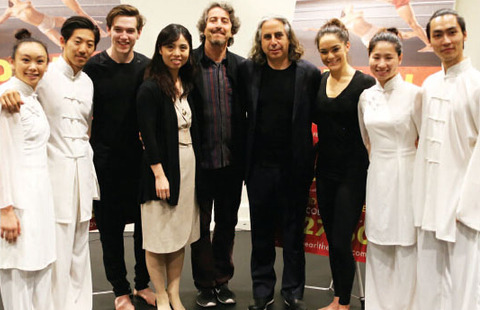
 Across America over the week (July 17- July 23)
Across America over the week (July 17- July 23)
 Unusual but true: 'Love' conquers all
Unusual but true: 'Love' conquers all
 Six dead as rainstorms wreak havoc in China
Six dead as rainstorms wreak havoc in China
 Guangzhou Evergrande stun Bayern in penalty shootout
Guangzhou Evergrande stun Bayern in penalty shootout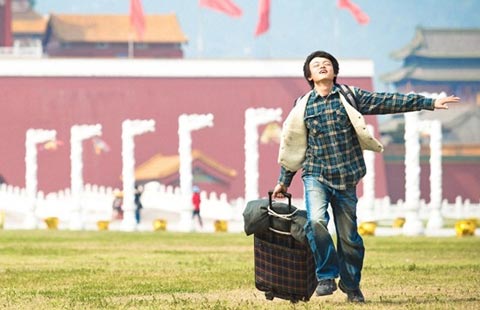
 10 domestic films to see this summer
10 domestic films to see this summer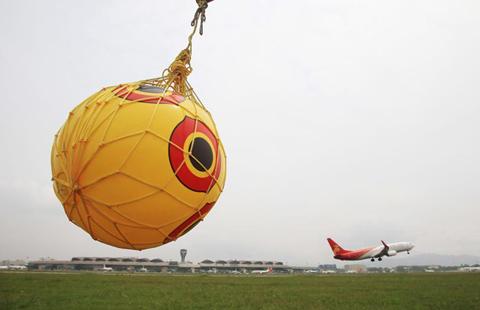
 Tricks airports use to scare away birds
Tricks airports use to scare away birds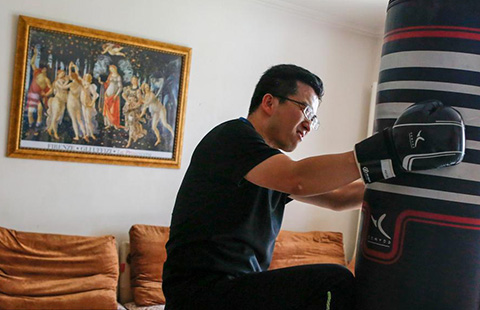
 The highs and lows of a stock market investor
The highs and lows of a stock market investor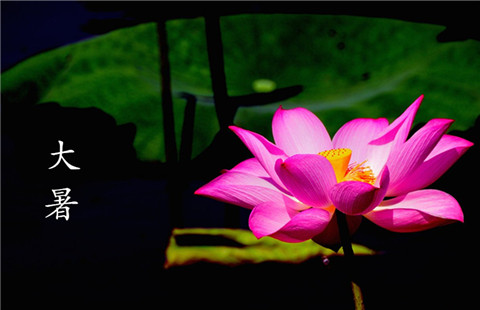
 Culture insider: 7 things you may not know about Major Heat
Culture insider: 7 things you may not know about Major Heat
Most Viewed
Editor's Picks

|

|

|

|

|

|
Today's Top News
Astronomers discover most Earth-like planet yet
Flight details of Obama's Kenya trip leaked
2 killed, several injured in Louisiana theater shooting
Deficit hits $104b in first half
Obama to meet extended family members in Kenya
More Chinese companies become world top 500
Earth-like planet discovered using NASA's Kepler space telescope
Ministry denies set date for nationwide two-child policy
US Weekly

|

|
